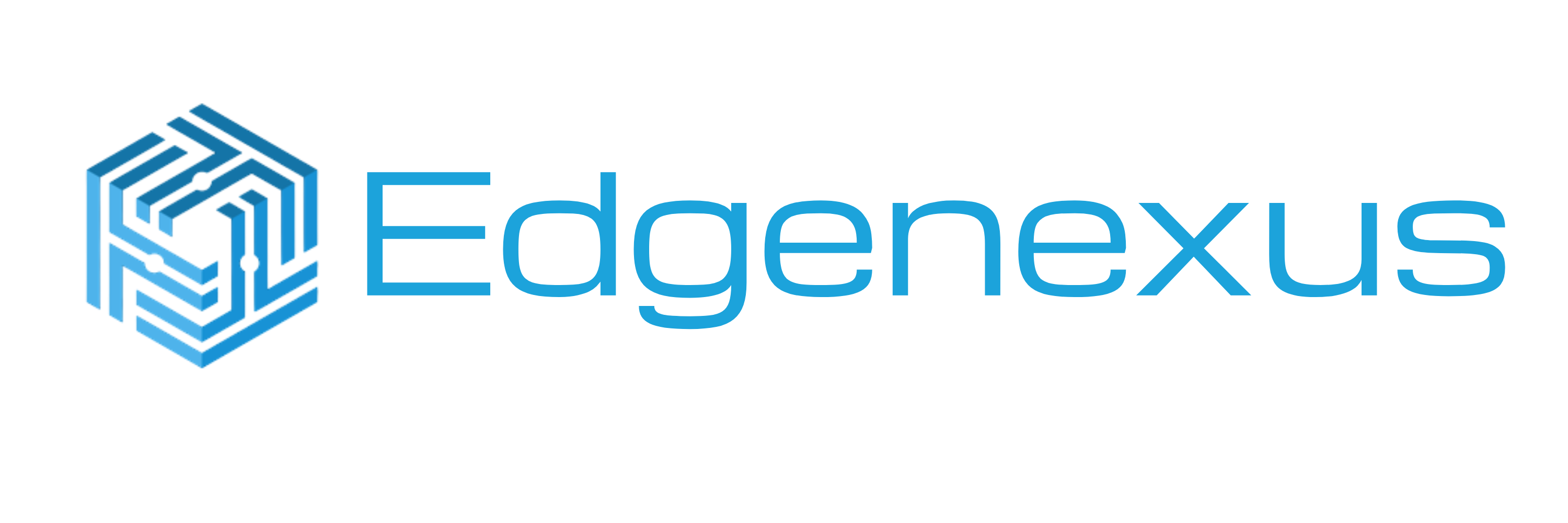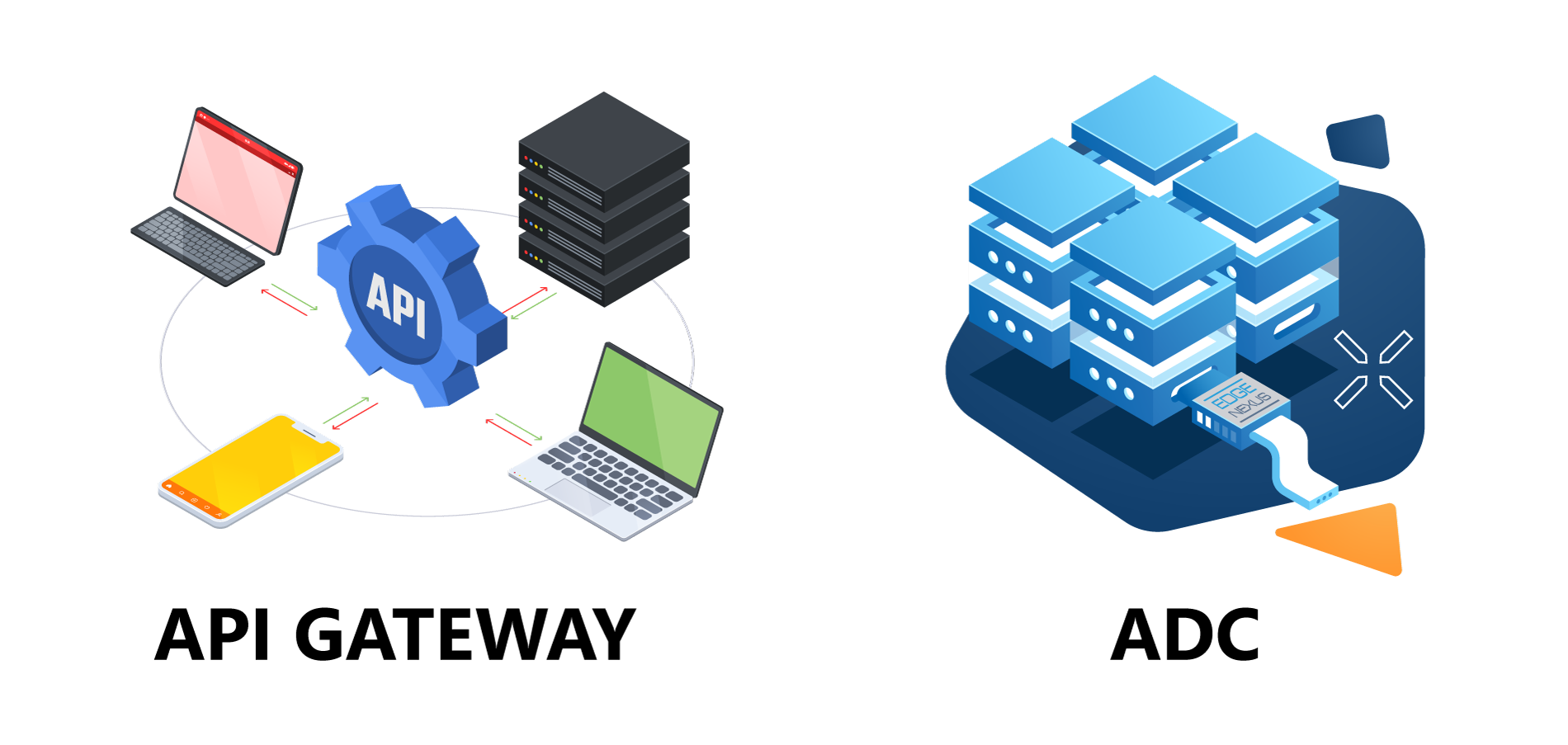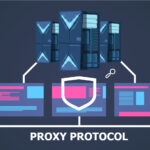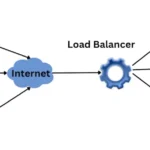As modern networking technologies evolve, the distinctions between different components become increasingly essential for IT professionals to understand. API Gateways and Application Delivery Controllers (ADCs) are two such components that often lead to confusion. While both solutions help manage and optimize network traffic, their primary functions and use cases differ significantly. This article will provide an in-depth comparison of API Gateways and ADCs, highlighting their unique features and how they contribute to an organization’s networking infrastructure.
Application Delivery Controller (ADC): An Overview
An Application Delivery Controller, also known as a load balancer, is a network device that manages and optimizes the distribution of traffic between clients and backend servers. ADCs primarily focus on improving the applications’ availability, security, and performance.
Key features of ADCs include:
- Load Balancing: ADCs distribute client traffic across multiple backend servers, using algorithms such as round-robin, least connections, or server response time, to ensure optimal load distribution.
- SSL Offloading: ADCs can terminate SSL connections, decrypting and encrypting traffic before forwarding it to backend servers, reducing the processing overhead on those servers.
- Content Caching: ADCs can cache static content, such as images or stylesheets, to improve response times and reduce the load on backend servers.
- Health Monitoring: ADCs monitor the health and performance of backend servers, removing them from the load-balancing pool if they become unavailable or underperforming.
- Security: ADCs provide security features such as Web Application Firewall (WAF), DDoS protection, and intrusion prevention systems (IPS) to protect applications from malicious attacks.
API Gateway: An Overview
An API Gateway is a server that acts as an intermediary between clients and backend services, primarily for managing and securing APIs (Application Programming Interfaces). API Gateways provide a unified entry point for external clients to access various APIs, simplifying access control and monitoring.
Key features of API Gateways include:
- Authentication and Authorization: API Gateways handle authentication and authorization of API requests, ensuring only valid clients can access protected resources.
- Rate Limiting and Throttling: To protect backend services from excessive traffic, API Gateways enforce rate limiting and throttling policies, which limit the number of requests a client can make in a given time frame.
- Load Balancing: API Gateways can distribute incoming traffic across multiple backend services, ensuring even load distribution and improving overall performance.
- API Caching: To improve response times and reduce backend load, API Gateways cache responses from backend services, serving cached data when appropriate.
- Request Transformation: API Gateways can modify incoming and outgoing requests and responses, such as adding or removing headers, to meet specific service requirements.
Comparing API Gateway and ADC
Although API Gateways and ADCs share some overlapping features, their primary focus and use cases differ:
- Focus: API Gateways concentrate on API management, security, and optimization, while ADCs focus on general application traffic management and optimization.
- Protocols: API Gateways typically support HTTP/HTTPS and RESTful APIs, while ADCs support a broader range of protocols, including HTTP, HTTPS, TCP, and UDP.
Use Cases
API Gateways are well-suited for microservices and serverless architectures, where multiple APIs need centralized management and security. In contrast, ADCs are ideal for traditional monolithic applications that require high availability, performance, and security.
Conclusion
Understanding the differences between API Gateways and ADCs is crucial for making informed decisions when designing and optimizing your networking infrastructure. API Gateways are best suited for environments with a heavy focus on API management and security, while ADC excel at managing and optimizing general application











